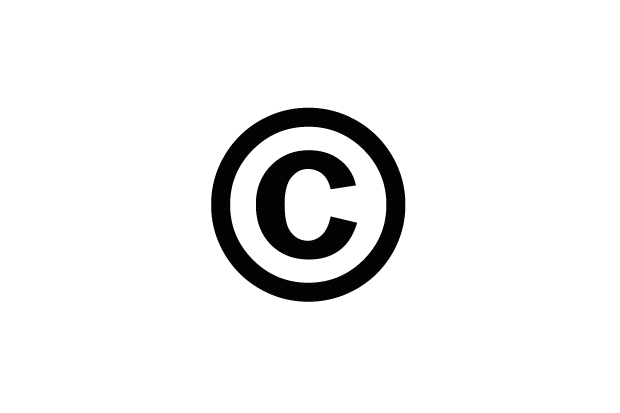Notes on The Next Great Copyright Act
We asked Eugene Mopsik, executive director of the American Society of Media Photographers (ASMP), to provide us with some of his thoughts on The Next Great Copyright Act conference at the Berkeley Center for Law & Technology, last weekend. The copyright act in discussion was originally proposed by Maria Pallante, the Register of the U.S. Copyright Office, and calls for a comprehensive revision of U.S. copyright law. The conference brought together scholars, policymakers, and representatives of various stakeholders groups to consider what changes they would propose for the act. Eugene spoke at the event, and we highly recommend reading his talk from the conference here.
“…visual artists, and in particular, photographers are without reasonable remedies for the myriad of infringements occurring every hour, primarily through digital display and transmission. Freelance photographers create the largest numbers of copyrighted works, yet they are the group that is the least able to access the protections theoretically afforded by the Copyright Act. The primary reasons for that inequity are the extremely high cost of federal court litigation; the typically low amounts in controversy, when compared to the costs of litigation; the fact that most freelance professional photographers earn comparatively modest incomes; and the fact that many infringers are aware of this situation and use it to their advantage. These factors coupled with the disruption to business and the emotional stress of litigation are simply more than most sole proprietors can afford.”
—from Eugene Mopsik’s talk at the symposium.
Last week I had the privilege of participating in a symposium on The Next Great Copyright Act. The symposium was a forum for the discussion of changes that might be considered in the current Copyright Act to bring it up-to-date with current, and future practice in the digital space. In attendance on the user side were members of the library, museum, and university communities. On the creator side there were members of the motion picture, music, publishing, and visual arts communities. I was the sole participant from the photography community and I delivered comments on Remedies and Enforcement under the copyright law.
What did I learn? The user community wants information to be free and unfettered, and the creators want reasonable compensation for use. There was lots of discussion around these positions, but this is what it comes down to. Most participants freely acknowledge that visual artists, in particular photographers, are in an unenviable position. Without persistent attribution—attribution that cannot be easily removed from image files—it is next to impossible to track and monetize usage in the digital environment. Identifying information is easily stripped from image files and in fact is done so by default on upload to many platforms. Many people believe that what appears on the Internet is free and available for use—household and commercial. It is very difficult to communicate the value of an image that only exists in digital form having no tangible substance.
Through what other means can rights holders be compensated? The idea of extended collective licensing for secondary usage was discussed, which would require some form of legislation or a consent decree from the justice department. Ultimately it would probably require the ISP’s or platforms such as Google and Pinterest to bear the expense for the display and transmission of the images on their sites and services. A number of trade associations in the imaging space are currently exploring this option. At times it seems as though everyone has figured out how to make money from photographs except for photographers.
It was apparent to me that the prevailing sentiment amongst the user community is that the pendulum has swung too far in favor of the rights holder and that now it is time for the users to assert their rights. Users want an expansion of Fair Use and the elimination or reduction of Statutory Damages. Unfortunately, most images are not registered prior to infringement and therefore are not eligible for statutory damages under any circumstances. If Fair Use continues its expansion through the courts, it will become increasingly difficult for rights holders to create an income stream from their works, and impossible to maintain exclusive licenses and model releases. Who will pay the creators?
There has to be a balance. As always, the “truth” lies somewhere in the middle between the rights of the creators and users. Ultimately creators seek fair and reasonable compensation for the use of their works. By and large, they are not interested in being punitive; they simply want to make a living. As I said in my comments, we need justice, not simply more legislation. Ultimately, it was great to have both sides of the equation in the same room and engaged in civil discourse. The road to a fair and equitable revised Copyright Act will be long and bumpy, but I believe we will get there.
—
Eugene Mopsik is the executive director of the American Society of Media Photographers (ASMP)
























